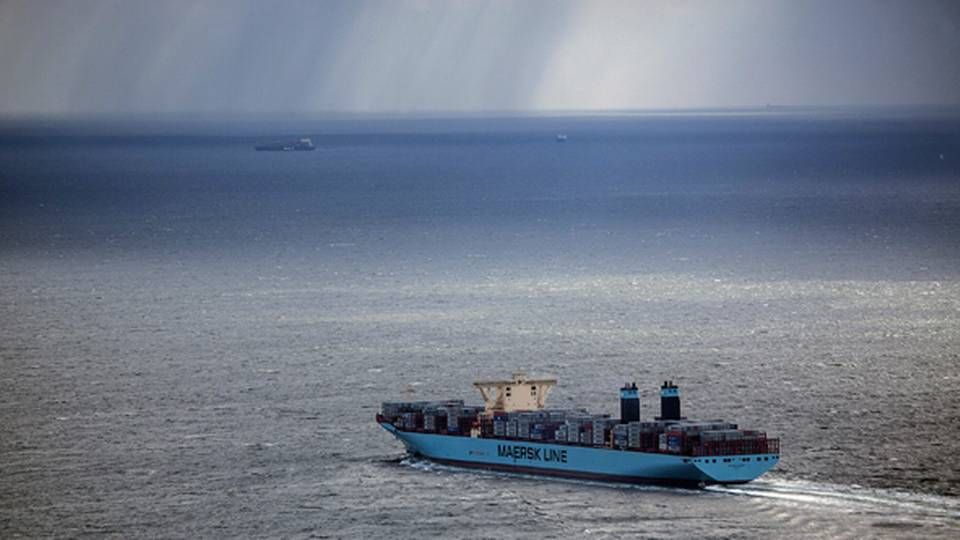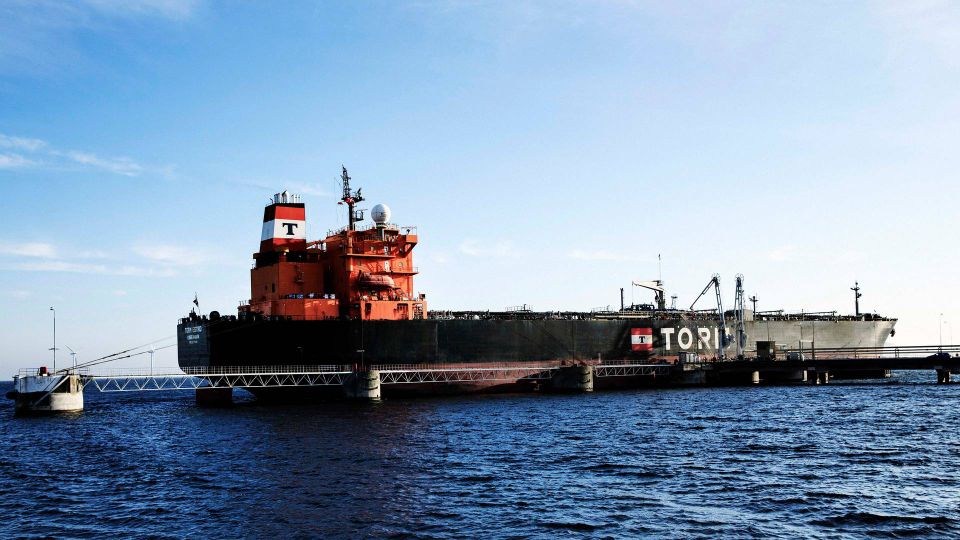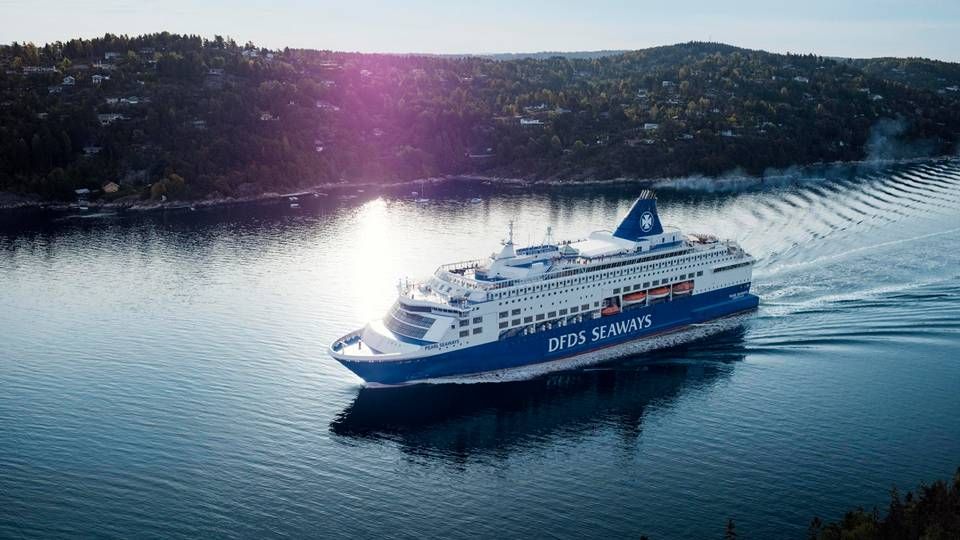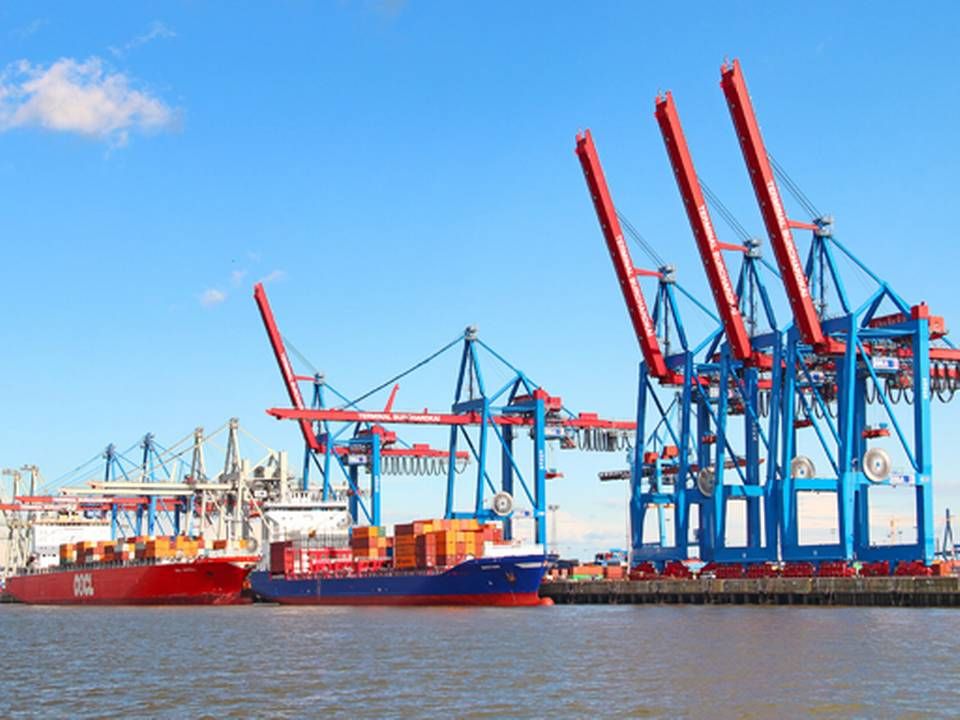Here are next week's critical interim reports from shipping

The five major Danish carriers, led by Maersk group, will publish results next week for the first six months of the year, providing indicators for the status of the global shipping markets, which seem to have turned on their heads in the first six months of 2017.
The increasingly consolidated container market has received a boost from higher rates, while the bulk market is riding on increasing Chinese imports which, together with declining capacity, have helped the sector soar since dipping to a historic low in February last year.
Things are looking different and more strained in the tanker market, where rates are sliding, as oil deposits around the world are full after the recent three years with record-low oil prices. In addition, there is a significant order book of tanker vessels headed into the market, where there is already little work to go around.
August 16 - Maersk
The Maersk Group, which now consists of the two entities, Maersk Transport & Logistics and Maersk Energy, emerged from the first quarter with setbacks virtually across the board, except for at Maersk Oil.
Maersk Line in particular disappointed with a deficit of USD 66 million against a profit of USD 37 million in the first quarter of 2016.

Søren Skou, CEO, Maersk Group and Maersk Transport & Logistics
Maersk CEO Søren Skou has announced that the container carrier will improve its result by USD 1 billion in 2017 relative to last year's USD 376 million. Therefore, the result in the half-yearly report is seen as Skou's last chance to prove that the decision to go all in on the container industry was the right way to go and that investors can look forward to the promised annual profit, and ideally more.
The company has thus far struck with this goal, and recent developments seem to bolster the odds of achieving this target.
Competitor OOCL, recently acquired by Cosco, published one of the first Q2 reports from the container industry, and here Fearnleys notes higher rates over the past three months.
"(...) operational numbers show a significant recovery in freight rates, with average revenue per teu increasing by 16.2 percent y/y. This is well above expectations, and driven primarily by stronger than expected Asia – Europe improvements, +33% y/y on the back of contract renewals and higher spot," wrote the analyst firm in a comment of OOCL's report.
On this background, Fearnleys expects an overall positive underlying result for the container sector in the second quarter.
In the first quarter, Maersk quarter saw itself trumped on the bottom line by French competitor CMA CGM, which, with a USD 86 million profit, jumped to number one as top earner. Maersk Line, otherwise traditionally the top earner, plunged significantly down the list and ended in seventh place among 11 of the largest carriers' operating results.
While the prospects seem brighter for the group's liner carrier, the oil price has stabilized at around USD 50 per barrel and offers somewhat better prospects for Maersk Oil and the other companies in the Energy division.
The companies here are awaiting their fate, which according to the group will be decided before the end of 2018 and could involve divestments or individual IPOs, but until then, the oil business continues to contribute to the bottom line.
August 16 - Torm
Torm's market, mainly focused on oil product transport on vessels in the MR, Suezmax, and Aframax classes, is these months characterized by an overcapacity of vessels , as well as packed oil deposits across the globe, as buyers have since 2014 been hoarding oil at record low prices.
Competitors such as Ireland's Ardmore Shipping and Italian d'Amico International Shipping have in recent weeks reported lower earnings and negative bottom lines, citing these factors in particular.
But the market is expected to turn around a bit in the months to come as stockpiles are depleted and the rapid delivery pace of new vessels subsides.

PR photo: Torm
"Notwithstanding the product overhang, increased refinery activity should support rates in Q3. Product tanker supply growing at a slower rate," noted d'Amico International Shipping in its report.
Torm has in recent weeks been out shopping for new vessels for its fleet, which together with the talk of impending consolidation in the somewhat fragmented tanker market indicates confidence in the profit potential going forward.
The carrier finished the first quarter of the year with a profit of USD 4.8 million before taxes, while the operating profit came to USD 44 million. Both items were lower than in the same quarter last year. Q2 revenue also dipped by almost USD 21 million to USD 172.8 million.
In 2016 Torm established a parent company in the UK, and in the latest annual report the carrier said that it will no longer communicate concrete guidance for future earnings.
August 17 - Norden
Like container, the dry bulk market looks on track for better days after spending years in an all-encompassing slump.
Rates have so far been increasingly slow but steadily in the first six months of the year, driven by a more controlled supply of vessels and a China more eager to invest.
Norden finished the first quarter with a combined result of USD 1 million, compared to a net loss of USD 5 million in the same period 2016 – but the positive result was mainly attributable to the carrier's tanker unit, as dry bulk remained negative, and Norden has in the months since been out buying more tankers for its fleet.
After the first quarter, Norden maintained its full-year guidance for an adjusted result in the range from negative USD 20 million to a profit of USD 40 million in a dry bulk market, says the carrier, that is expected to provide higher rates than in 2016, and a tanker market that looks challenging in 2017.
August 17 - DFDS
While most shipping segments have taken turns struggling in the years since the financial crisis, DFDS has forged ahead without looking back.
The shipping and logistics group finished 2016 with a record result on the bottom line, and the strong performance continued in the first quarter this year.
Revenue soared to DKK 3.22 billion (USD 509.3 million) in the first three months, against DKK 3.08 billion the year before, a four percent increase, while the result before taxes grew 10 percent from DKK 157 million before taxes in the first quarter 2016 to DKK 173 million in the first quarter 2017.
And CEO Niels Smedegaard does not see this strong development ending here.
"All the signals around us indicate that there is a global recovery underway," Smedegaard told ShippingWatch.
"Some places are a little ahead of the others, and the US has been a big driver, but the arrow is beginning to point upward in many different places, including in developing countries, and we can see that world trade is increasing. When you ask different chief economists, there is a prospect of a few good years on the way, where all things work in the same direction."
DFDS stock has increase some 20 percent in the past year, and Morgan Stanley, which launched coverage of the company back in June, eyes considerable upside in the Danish shipping company.

PR photo: DFDS
"A unique and attractive investment in passenger and freight goods. We expect that DFDS will continue presenting record growth over the market level and GNP growth, and we see DFDS winning market share via consolidation, network influence, further integration between shipping and logistics and a significant change in the market from sea freight as a result of the EU's [CO2, - ed.] emissions targets," noted Morgan Stanley according to Danish business daily Børsen.
For the full year, DFDS projects a growth in revenue of four percent, not including bunker surcharges, and an operating profit in the range of DKK 2.6-2.8 billion.
August 18 - J. Lauritzen
The hard-pressed carrier's dry cargo unit has been through a management overhaul in the months since the last interim report was published.
Thomas Wøidemann has taken charge of the dry cargo business, which has seen several senior executives switch to competitor Baltnav and elsewhere.

Thomas Wøidemann. Photo: J. Lauritzen
J. Lauritzen suffered an operating deficit before special items (EBITDA) of USD 7.4 million in the first quarter, a reduced loss compared to negative USD 17.2 million in the same period last year.
"Despite market improvements in Q1, dry cargo markets continue to be challenging. We are pleased that the market for smaller gas carriers saw some improvements in the first quarter of 2017," says CEO Mads. P. Zacho in the interim report," said CEO Mads P. Zacho in the first quarter report.
The dry cargo unit, which in the first quarter employed 80 vessels against 103 in the same quarter last year, remained loss-inducing with a deficit of USD 11.5 million, though this was an improvement from a loss of USD 19.9 million in the first quarter 2016.
J. Lauritzen maintained its full-year 2017 guidance for an operating result in the range of negative USD 40 million to zero.
English Edit: Lena RutkowskiStrong OOCL result bodes well for container sector
Maersk Line: This is why our reliability is declining
Strong bulk market surprised Norden CEO Jan Rindbo
Torm is open to consolidation in product tanker
Related articles
Strong OOCL result bodes well for container sector
For subscribers
Maersk Line: This is why our reliability is declining
For subscribers
Strong bulk market surprised Norden CEO Jan Rindbo
For subscribers



















